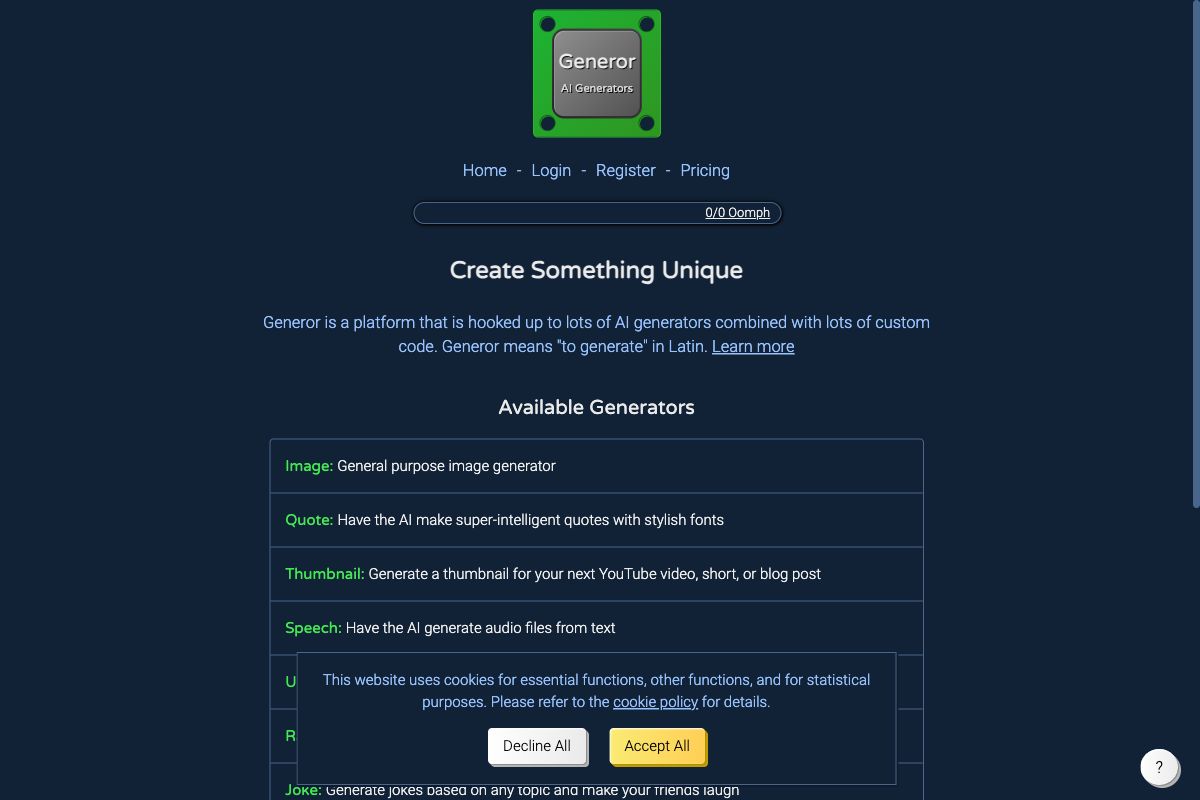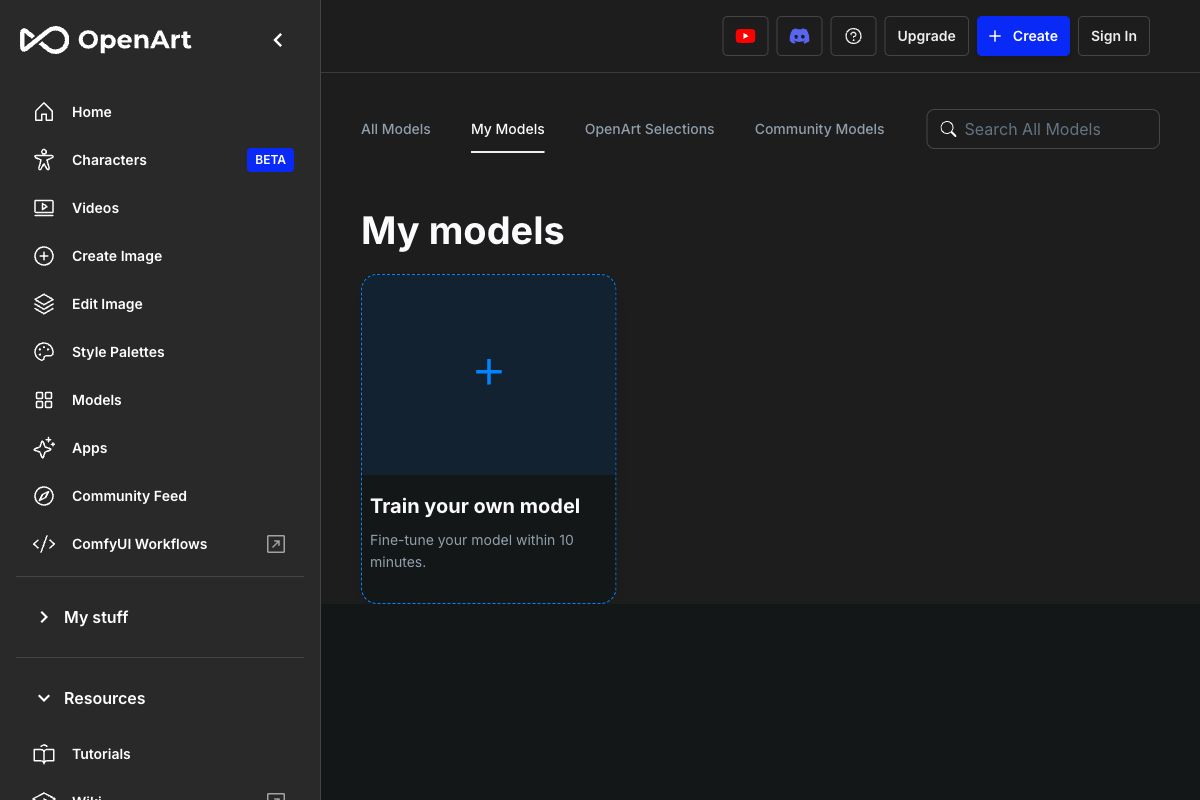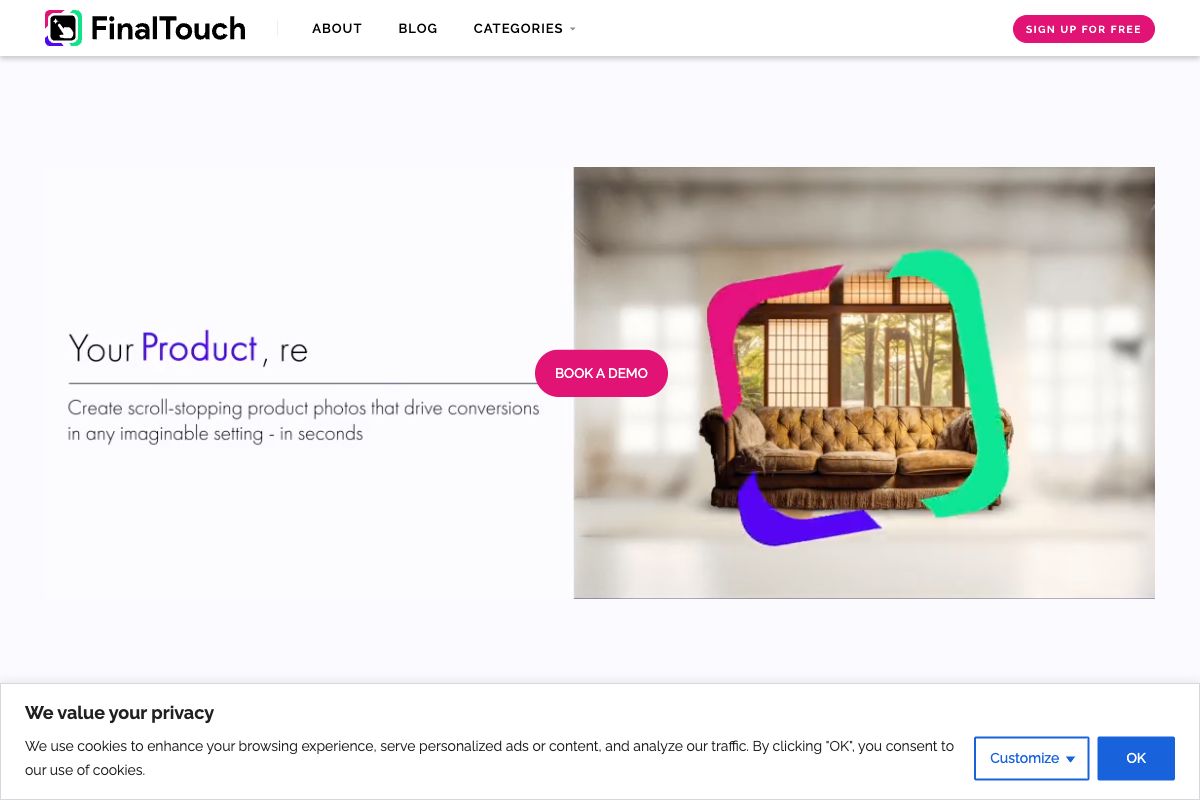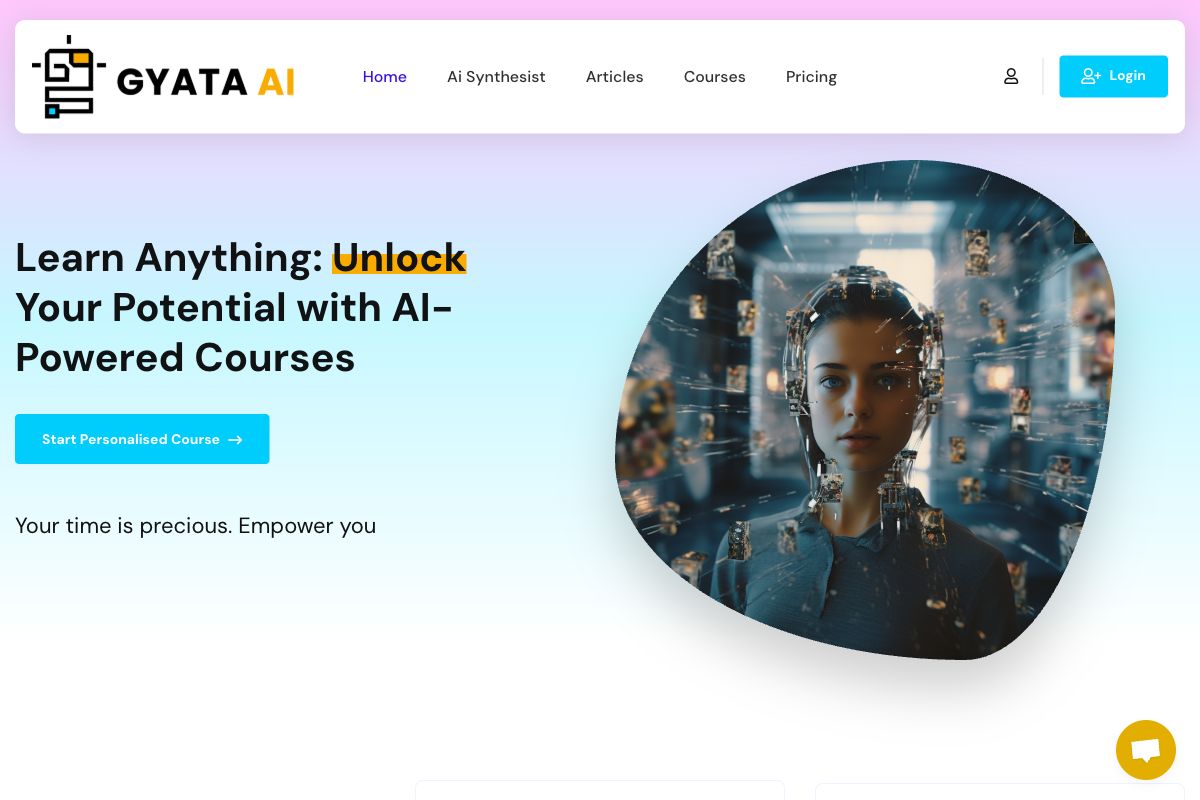Cuebric - AI-driven Film and Visual Production Tool
Cuebric is a cutting-edge tool designed to revolutionize film and virtual production by effectively converting 2D concept art into 3D, layered backgrounds ready for filmmaking and virtual sets. It offers advanced features like generative mesh for instant world-building, inpainting for modifying images, and segmentation for dividing images into workable layers. With seamless integration into media servers and game engines such as Unreal Engine, Cuebric significantly reduces the production timeline from concept to camera, and supports both novice and veteran creators with its highly user-friendly and creative potential. Additionally, it offers educational tools in partnership with JASON Learning to provide a safe and controlled learning environment for K-12.
Key Features
AI-driven
2D to 3D transformation
Virtual production
Generative Mesh
Image segmentation
Inpainting
Film
Creative tool
Pros
- Reduces production time significantly from concept to camera
- Seamlessly integrates with media servers and game engines like Unreal Engine
- Supports both film studios and individual creators
- Provides high-resolution assets up to 16K
- User-friendly tools for both professionals and beginners
Cons
- Limited to 8bit image generation currently
- Image generation size limited to 1 million pixels currently
- Does not yet support HDR image generation
- Relies on browser-based operation; offline version in development
- Some export formats like .usd and .fbx not yet available
Frequently Asked Questions
Can I import existing images into Cuebric?
Yes, Cuebric supports .png and .jpg image imports. These can utilize AI features like inpainting, segmentation, and upscaling.
What are Cuebric's advanced image generation settings?
Cuebric offers advanced settings for image generation and inpainting, with quick descriptions available by hovering over tools, and detailed information on the prompting page.
How does Cuebric integrate with Unreal Engine?
In Unreal Engine, Cuebric layers are applied as textures to flat planes in a 2.5D scene, with transparency settings adjusted for optimal use.
What is the current limitation on image generation size?
Image generation is currently capped at 1 million pixels, but layers can be upscaled to 16K resolution using the upscaling tool.
How can I export to Disguise using Cuebric?
Use the 'depth method' in segmentation to access and export Depth maps as a .2p5D package, which can then be used directly in Disguise projects.






